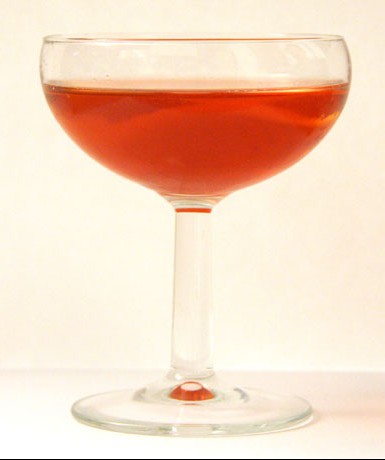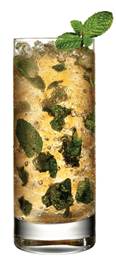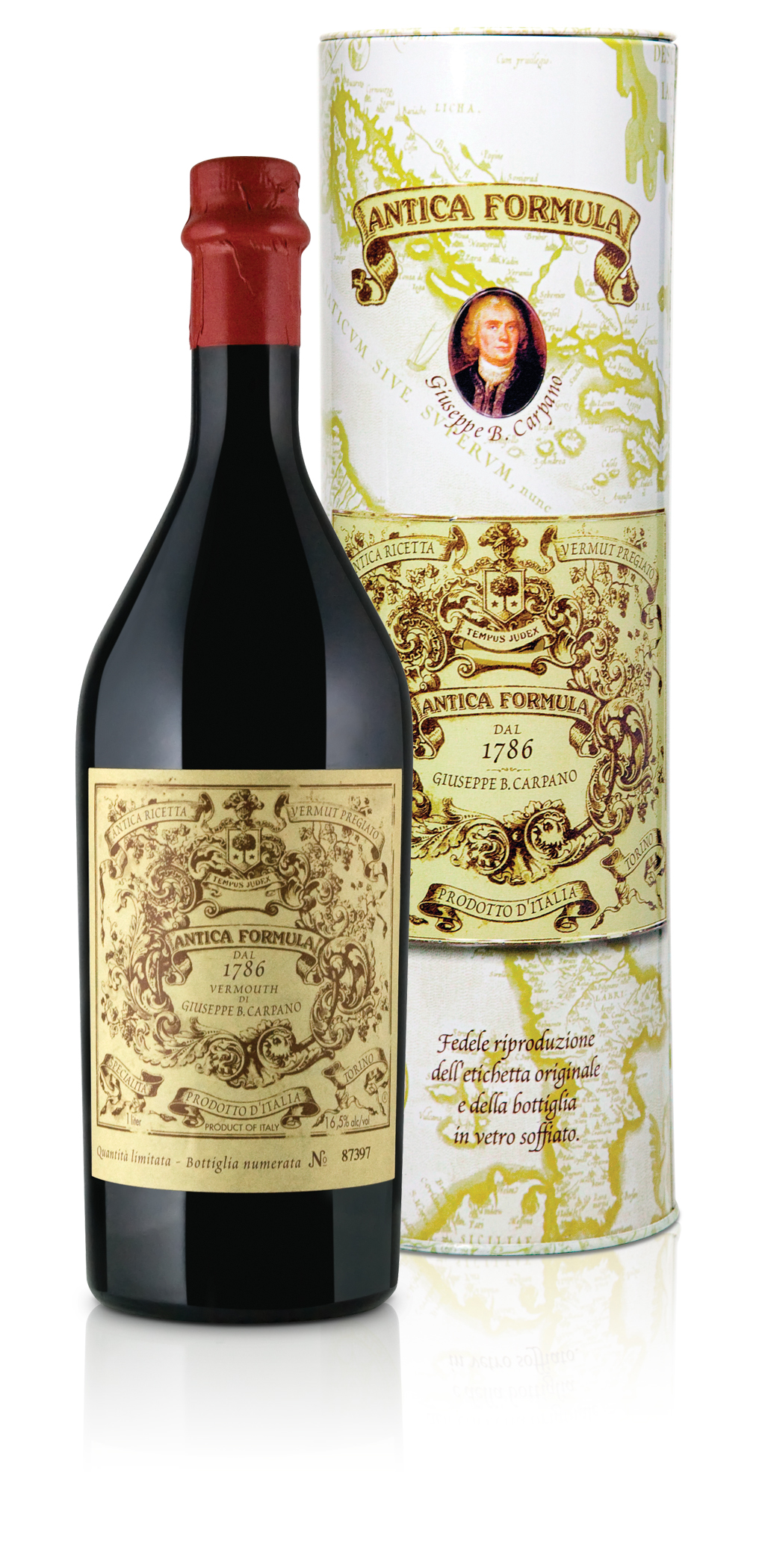Drink of the Week: The Old Pal
 Can a drink be like an old friend? Should a drink be like an old friend? It’s way too late as I’m writing this to even begin answering those questions, but I can tell you I much prefer the older version of this prohibition era cocktail to more recent iterations.
Can a drink be like an old friend? Should a drink be like an old friend? It’s way too late as I’m writing this to even begin answering those questions, but I can tell you I much prefer the older version of this prohibition era cocktail to more recent iterations.
I actually first found this one in my copy of 1930’s The Savoy Cocktail Book but it appears to date back several years prior. However, later versions that are supposed to be adjusted to modern day tastes failed to impress my personal tastebuds as much as this very simple and basic drink, a rather close relative of the Negroni and the Boulevardier. Still, like an old pal, the appeal of this drink is rather simple and easy to understand – with my favorite brand of wonderfully value priced Canadian whiskey and dry vermouth lightening up my favorite controversial cocktail ingredient, oh-so-bitter, oh-so-sweet Campari.
The Old Pal
1 ounce Canadian Club Whisky
1 ounce dry vermouth
1 ounce Campari
1 lemon twist (garnish)
Combine the liquid ingredients in a cocktail shaker or mixing glass. Stir or shake vigorously – I lean slightly toward stirring on this one, for some reason – and strain into our very old pal, the chilled cocktail glass or coupe. Add your lemon twist and toast, I imagine, an old pal.
***
If you don’t like Campari, it’s likely that the Old Pal will be no friend of yours. While the bourbon and sweet vermouth in the Boulevardier puts up a decent fight against the Campari, Canadian Club whisky — which is very specifically called for in the original recipe — and dry Martini & Rossi or Noilly Pratt is simply no match for its undeniable flavors. Even adding a solid, high proof rye whiskey like Bulleit, and increasing its proportion, didn’t change the Old Pal nearly as much as you might think. When I tried the more recent variation, which calls for 1 ½ ounces of rye to ¾ of an ounce of Campari and vermouth, it was still very much a Campari-forward drink, only less bright, less crisp.
I should have known, you simply can’t change your Old Pal. Not that you should ever want to.
You can follow us on Twitter and Facebook for content updates. Also, sign up for our email list for weekly updates and check us out on Google+ as well.

 We love celebrating the Kentucky Derby, and one critical component has to be enjoying a Mint Julep which is the drink you’ll see everywhere during Derby weekend.
We love celebrating the Kentucky Derby, and one critical component has to be enjoying a Mint Julep which is the drink you’ll see everywhere during Derby weekend. It’s a weird world out there as December 2012 heads to a close, but this week at DOTW Central our theme is holiday bounty. An example of that would be the bounteous bottle of
It’s a weird world out there as December 2012 heads to a close, but this week at DOTW Central our theme is holiday bounty. An example of that would be the bounteous bottle of  I actually tried this drink with two different vermouths and got two fascinating and kind of delightful results. With Carpano Antica, it was a not-so-sweet but charming drink with a rich, deep undercurrent.With Martini & Rossi, the universal fall-back sweet and not at all bitter vermouth, it was light and enjoyable — your basic good natured, cocktail treat. A more easy going Manhattan. I actually think both versions are perfectly legitimate and, in their way, almost entirely different drinks. Just another testament to the infinite variability of cocktails. My rye this time, by the way, was the new Knob Creek rye, which I’ve been really enjoying.
I actually tried this drink with two different vermouths and got two fascinating and kind of delightful results. With Carpano Antica, it was a not-so-sweet but charming drink with a rich, deep undercurrent.With Martini & Rossi, the universal fall-back sweet and not at all bitter vermouth, it was light and enjoyable — your basic good natured, cocktail treat. A more easy going Manhattan. I actually think both versions are perfectly legitimate and, in their way, almost entirely different drinks. Just another testament to the infinite variability of cocktails. My rye this time, by the way, was the new Knob Creek rye, which I’ve been really enjoying. Today’s beverage serves a dual purpose. First, it continues my ongoing interest in
Today’s beverage serves a dual purpose. First, it continues my ongoing interest in  A couple of years back I was in a restaurant bar in L.A.’s Chinatown known for it’s Tiki-style specialties. Not sure what to order, I asked the bartender, an older gentlemen who clearly knew what was what in that venerable Asian-American enclave, what cocktail he liked most to make. “Beer,” he told me, utterly straightfaced. Forget it, Bob, it’s, well,
A couple of years back I was in a restaurant bar in L.A.’s Chinatown known for it’s Tiki-style specialties. Not sure what to order, I asked the bartender, an older gentlemen who clearly knew what was what in that venerable Asian-American enclave, what cocktail he liked most to make. “Beer,” he told me, utterly straightfaced. Forget it, Bob, it’s, well, 








